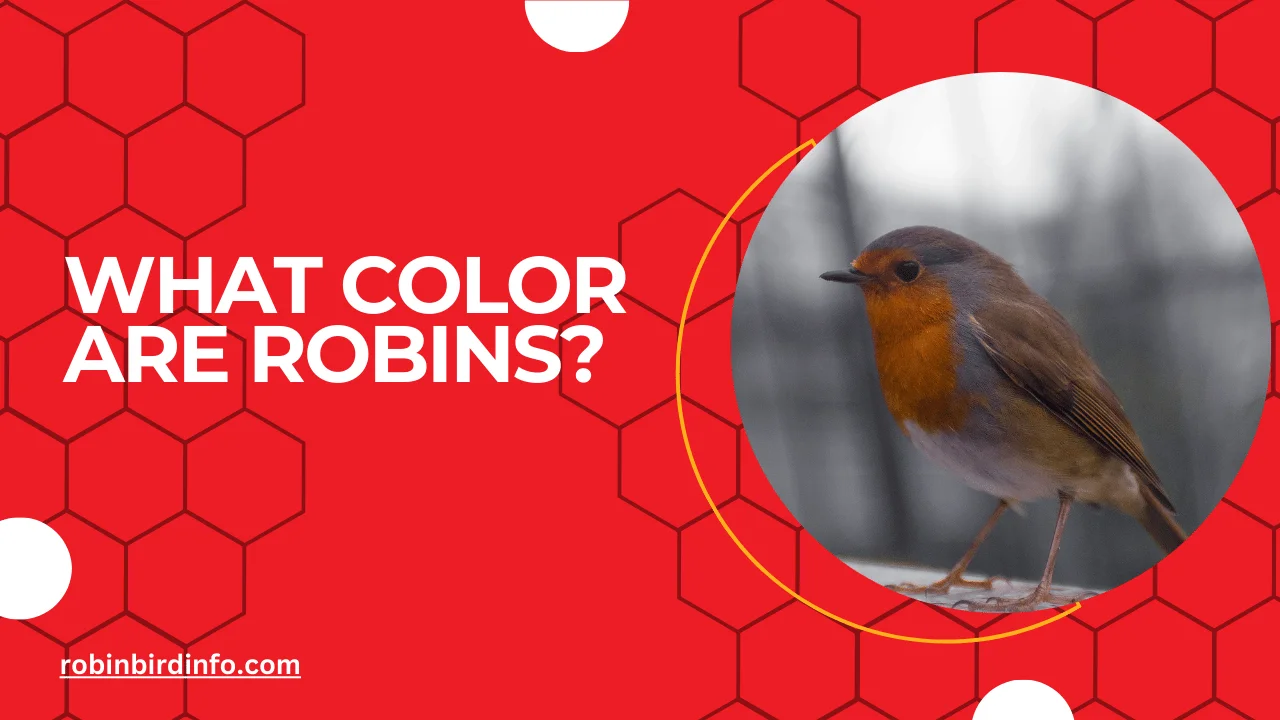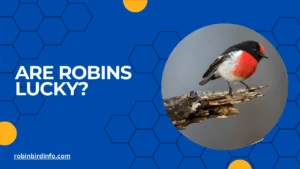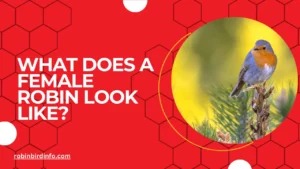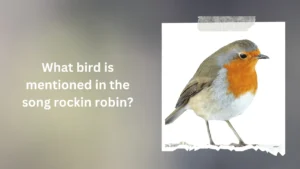Have you ever gazed out your window, captivated by a robin flitting through your garden?
Their cheerful chirps and energetic movements bring a touch of life to our backyards. But beyond their charming demeanor lies a secret hidden in plain sight – their vibrant plumage.
That iconic red breast, a beacon against the green foliage, is more than just a pretty splash of color. It’s a story waiting to be unraveled, a tale of evolution, survival, and even a touch of cultural significance.
But wait, is the robin truly just red? A closer look reveals a symphony of colors – the warm brown back, the sharp white underbelly, and perhaps a hint of grey on the head. Each feather tells a part of the story, hinting at the robin’s fascinating world. So, delve deeper with us as we embark on a journey to understand the “what” and “why” behind the robin’s colors.
We’ll explore the science behind their pigmentation, the role color plays in their behavior, and even uncover the cultural myths and legends surrounding these beloved birds. Buckle up, nature enthusiasts, because we’re about to paint you a picture of the robin you never knew existed!
Contents
Section 1: The Iconic Red Breast
Pigmentation: The vibrant red breast of the male American Robin is primarily due to the presence of carotenoid pigments in their feathers. These pigments are derived from the foods they consume, such as berries and insects.
Sexual Dimorphism: Male Robins typically exhibit a brighter red breast compared to females. Female Robins have a more subdued brown-orange breast, which helps them blend in with their surroundings and avoid attracting unwanted attention from predators.
Geographic Variation: While the overall appearance of American Robins is relatively consistent across their range, there can be subtle variations in coloration, particularly in the intensity of the red breast. Factors such as diet, genetics, and environmental conditions can influence these variations.
Section 2: The Evolutionary Significance of Coloration
Attracting Mates: The bright red breast of male Robins serves as a visual signal to attract females. A more vibrant coloration often indicates better health and genetic quality, making these males more desirable mates.
Camouflage and Protection: While the red breast may seem conspicuous, it can also serve as a form of camouflage in certain environments, such as dense foliage. Additionally, the bright coloration can startle predators, giving Robins a chance to escape.
Social Signaling: Robins use their coloration to communicate with other individuals. For example, a male Robin may display his bright breast to ward off rivals or attract a mate.
Section 3: The Role of Diet in Coloration
Carotenoid Intake: The intensity of the red coloration in a Robin’s breast is directly linked to its diet. By consuming carotenoid-rich foods, such as berries and insects, Robins can enhance the brightness of their plumage.
Environmental Factors: Environmental factors, such as food availability and habitat quality, can influence the availability of carotenoids in a Robin’s diet. In areas with abundant food resources, Robins may exhibit more vibrant coloration.
Section 4: Cultural Significance of Robins
Symbolism and Mythology: Robins have long been symbols of good luck, hope, and renewal. They are often associated with the arrival of spring and the beginning of new life.
Folklore and Superstitions: Various folklore and superstitions are associated with Robins. In some cultures, it is believed that seeing a Robin is a sign of good luck or that they can predict the weather.
Section 5: Conservation Implications
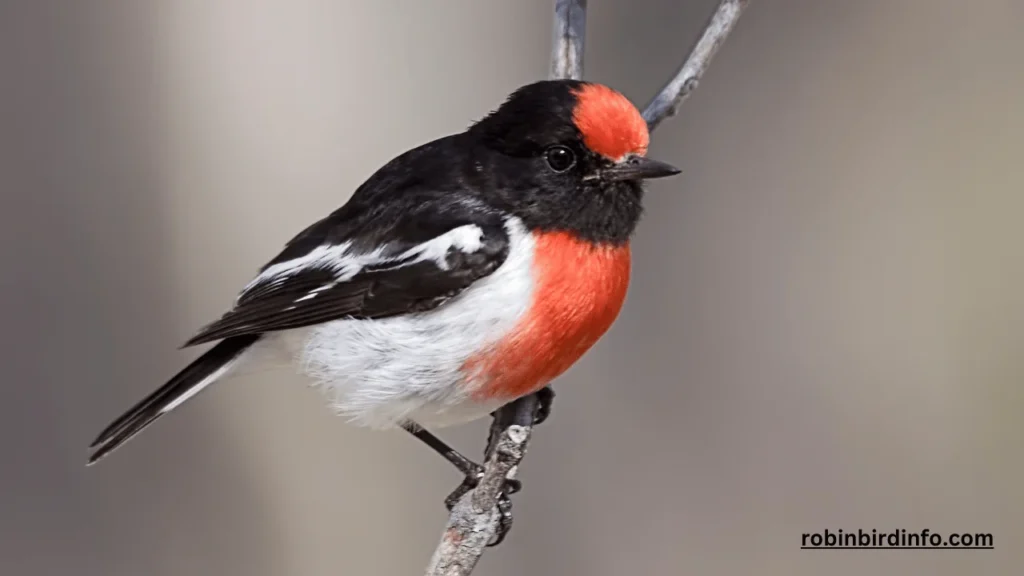
Threats to Robin Populations: Robin populations face various threats, including habitat loss, climate change, and the use of pesticides. These factors can negatively impact their survival and reproduction.
Conservation Efforts: To protect Robin populations, it is important to conserve their habitats, reduce pesticide use, and promote bird-friendly landscaping practices. Additionally, participating in citizen science projects can help monitor Robin populations and inform conservation efforts.
Conclusion
The vibrant red breast of the American Robin is more than just a striking feature; it is a testament to the complex interplay of genetics, diet, and environmental factors.
By understanding the significance of Robin coloration, we can appreciate these birds even more and take steps to protect them and their habitats.
FAQ’s
Why are male Robins red?
The bright red color of male Robins is due to carotenoid pigments in their feathers. These pigments are derived from their diet, particularly from fruits and insects.
Do female Robins have red breasts?
Female Robins have a more subdued brown-orange breast. This coloration helps them blend in with their surroundings and avoid attracting unwanted attention from predators.
Why do Robins have such bright colors?
The bright coloration of Robins serves several purposes, including attracting mates, deterring rivals, and signaling their health and vigor.
Can Robin coloration vary based on location?
Yes, there can be subtle variations in Robin coloration across different geographic regions. Factors such as diet, climate, and genetic differences can influence the intensity of the red coloration.
Do Robins molt?
Yes, Robins molt their feathers annually. This process involves shedding old feathers and growing new ones. Molting can affect the brightness of their coloration, especially in males.
Can Robin coloration be affected by environmental factors?
Environmental factors, such as food availability and habitat quality, can influence the intensity of Robin coloration. A diet rich in carotenoids can lead to brighter plumage.

